In June 2016, DC Comics kicked off the start of its Rebirth initiative. After a wave of criticism surrounding the way they have treated their characters’ rich histories since 2011’s New 52 relaunch, DC has decided to rebrand. They hope that by restoring their characters’ pasts, they will restore readers’ faith in them as well. Do they succeed? That’s what the Comics Beat managing editor Alex Lu and entertainment editor Kyle Pinion are here to discuss. Book by book. Panel by panel.
Note: the reviews below contain **spoilers**. If you want a quick, spoiler-free buy/pass recommendation on the comics in question, check out the bottom of the article for our final verdict.
 New Gods Special #1
New Gods Special #1
“Orion Son of New Genesis”
Writer/Penciller: Shane Davis
Inker: Michelle Delecki
Colorist: Alex Sinclair
Letterers: A Larger World’s Dave & Troy
“Teeth of the See: A Tale of a Young Orion”
Cartoonist: Walter Simonson
Colorist: Laura Martin
Letterer: John Workman
Within the list of American comics’ many revered figures, there are few that were as forward-thinking and are as influential as Jack Kirby. The co-creator of many of Marvel’s earliest successful characters such as the Fantastic Four, X-Men, and the Hulk, signs of Kirby’s work can be seen in comics pages, on television screens, and in movie theaters everywhere. For a long time, he even worked with DC Comics, producing one of the company’s most creatively fertile properties: the New Gods. From Grant Morrison’s Final Crisis to the recent Darkseid War and the upcoming Mister Miracle, Kirby’s futuristic take on classic myth has inspired readers and creators for decades. So it only makes sense that during the month of what would have been his 100th birthday, DC released a New Gods Special that successfully captures the classic spirit of his work.
Both the lead feature and the backup in the New Gods Special focus on Orion, the son of Darkseid, an angry and scheming god who rules over the world of Apokolips. For ages, Apokolips was at war with New Genesis, the utopic world of more classically benevolent gods. As part of a peace treaty between Darkseid and New Genesis’ ruler, the Highfather, Orion was gifted to Highfather and raised on New Genesis. Many of Kirby’s original New Gods stories focused on Orion’s journey to control his naturally angry temperament in order to become New Genesis’ greatest warrior. While many stories about the New Gods in the DC Universe since New Gods have focused on other members of the pantheon, the two stories in the New Gods Special both return to explore the complex duality of Orion’s personality.
The lead story, both written and penciled by Shane Davis, sees Orion fighting to stop his half-brother, Kalibak, from building a superweapon that will turn New Genesis into a new Apokolips. The plot itself is not particularly complex and is actually resolved surprisingly quickly. In an ingenious move, a bulk of the pages are dedicated to Orion’s fight with Kalibak. Davis’ scriptwork is a little clunky for my taste, so choosing to focus on what he does best– fully capturing the brutal physicality of a battle between gods– is an excellent decision.
Indeed, this battle, like the entire story, is rendered quite nicely by Davis, inker Michelle Delecki, and colorist Alex Sinclair. Davis has a rougher drawing style that’s very much of the 90s era of superhero comics and can be charming, but also anathema for a newer reader used to the polished and smoothed style of many modern comics. Delecki does a good job of averaging the difference between Davis’ art and modern tastes, leaving his exaggerated facial expressions and hypermusculature while smoothing out the characters’ general forms and the backgrounds that surround them. Sinclair then really makes the book sing a successfully nostalgic tune, adding the detailed textures and reflections we’d expect from a more classical superhero comics story.
Similarly, the “Teeth of the See: A Tale of a Young Orion” is a classical throwback comic totally driven by the art. There’s not much of a story– in essence, the New God Seagrin teaches Orion a lesson about patience and observation when they go on a deep sea dive. However, while the plot sounds simplistic, Simonson’s inks art simply breathtaking in their detail and creativity. Every sea monster in this story is absolutely filled to the brim with life and energy that’s exacerbated by Laura Martin’s sunset palette of colors. The overall effect is simply sublime.
I don’t think the New Gods Special is a comic for everyone. Without the context of knowing Kirby’s history or the legacy he’s left at DC Comics, one could easily be forgiven for finding the New Gods Special strangely anachronistic and out of touch with the times. That said though, with a little bit of background, the book blossoms into something else entirely. It becomes an exciting and awe-inspiring homage to one of the greatest cartoonists who ever lived and one of the coolest comics properties to ever grace newsstands. It becomes a book that inspires us to look back to what we have achieved and look ahead to what still might be possible to achieve with these characters. Because the New Gods are great. They’re some of the coolest characters in comics and if there’s any good left in 2017, we deserve to see a lot more of them soon.
Final Verdict: Buy
 Round-Up
Round-Up
- Shade the Changing Girl #11 is still my favorite DC Comic right now. After a literal explosion last issue, issue #11 sees the plot explode in every direction as old choices come back to haunt Shade and new challenges begin to come into focus. Shade finally finds her idol, former television star Honey Rich, in this issue, but she’s on the verge of suicide. In a last ditch effort, Shade switches bodies with Honey and gives her a new lease on life. Meanwhile, Shade’s old boyfriend on Meta, Lepuck, is sent to capture Shade in person. Simultaneously, the U.S. government has gotten its hands on Madness and plans to weaponize it. On top of all of that, Shade is pregnant. It’s hard to string together what all these discordant threads mean so far, but I think we’re being set up for an incredibly interesting arc about the idea of “ownership” that surrounds the female body and, as this series has always explored, the fluidity of identity in general. Shade is such a wonderful book. Now is definitely the time to get on board.
- Batman #28 is a decent continuation of the “War of Jokes and Riddles,” but I’m beginning to have some problems with the way that it is being framed. Even though we’re always being told about the chaos being wrecked by the Joker and Riddler, we never get to see it. According to Batman’s narration, hundreds of people die in this issue during a five day battle between Deadshot and Deathstroke. However, we only ever see the two of them battling it out against one another through a series of montage spreads. The whole thing ends up feeling smaller than it should because of it. We don’t have a great grasp of the stakes. Compare this to Janin’s last Batman work during the “I am Suicide” arc where one issue featured Batman battling his way through an enormous horde of enemies on spread after spread. That story was objectively smaller than this one, yet it felt bigger nonetheless. I still like the rhythmic pacing of King’s writing and the moment-to-moment transitions Janin often employs to make small moments weightier, but I can’t help but feel like there’s something important missing from this story right now.
Miss any of our earlier reviews? Check out our full archive!


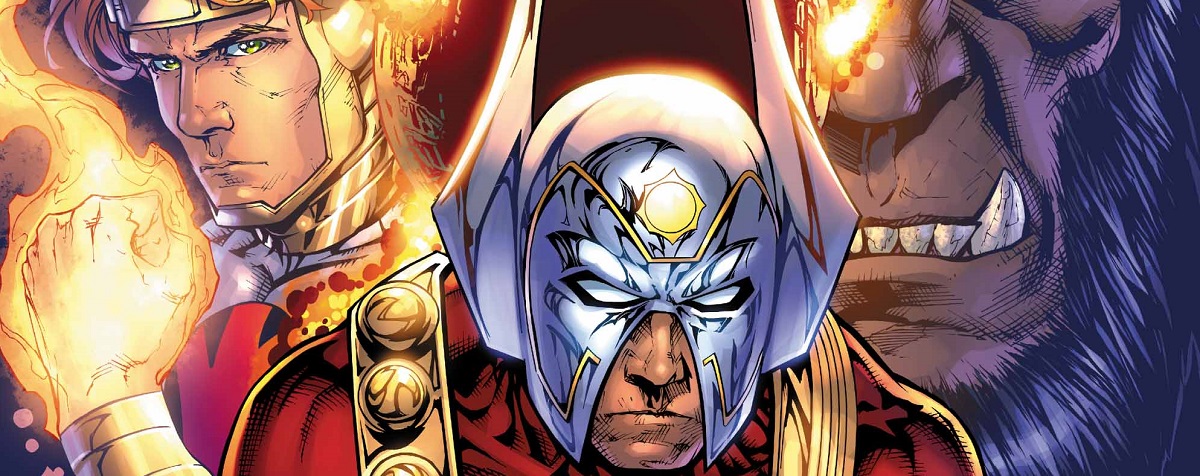
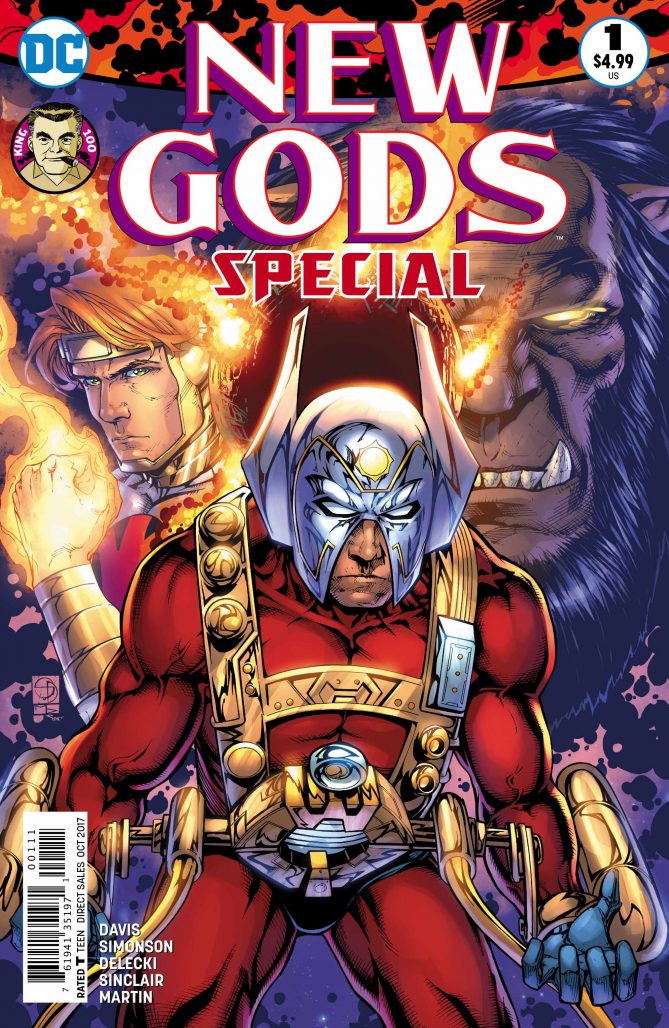
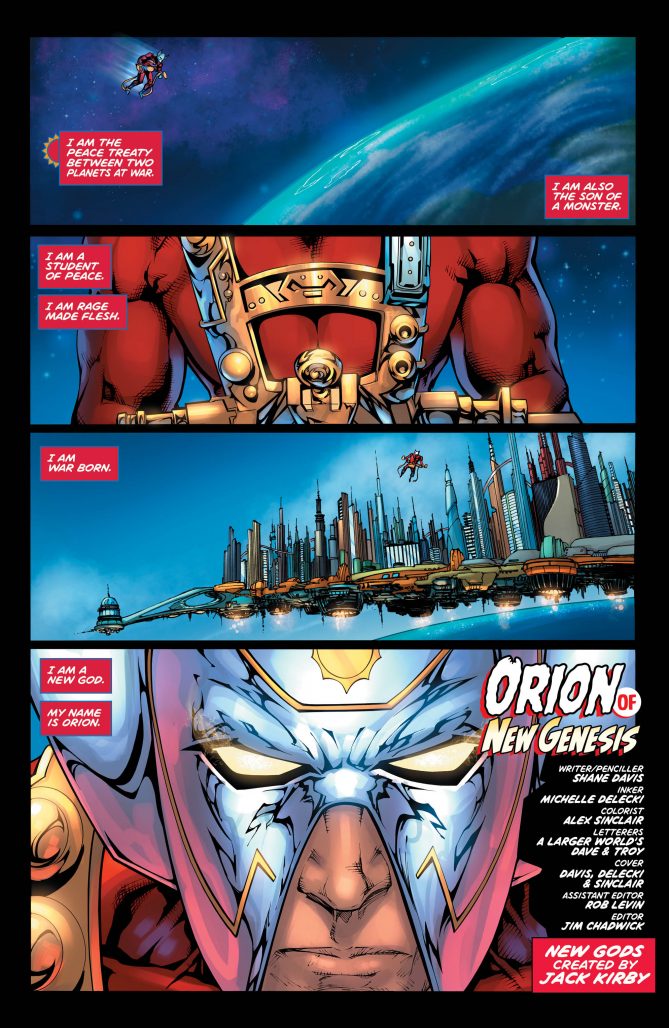
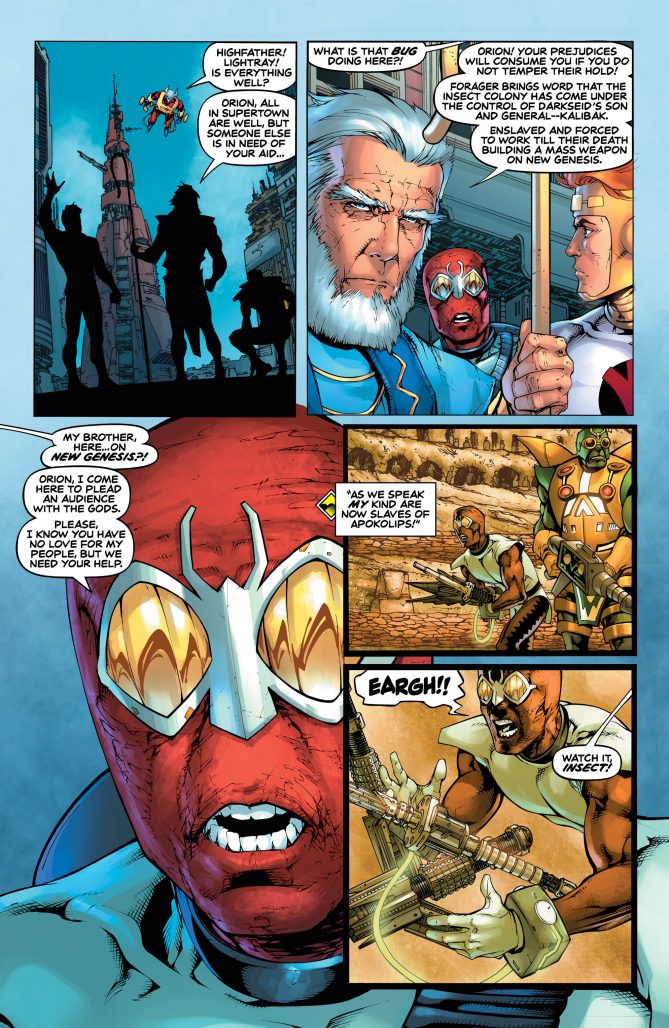
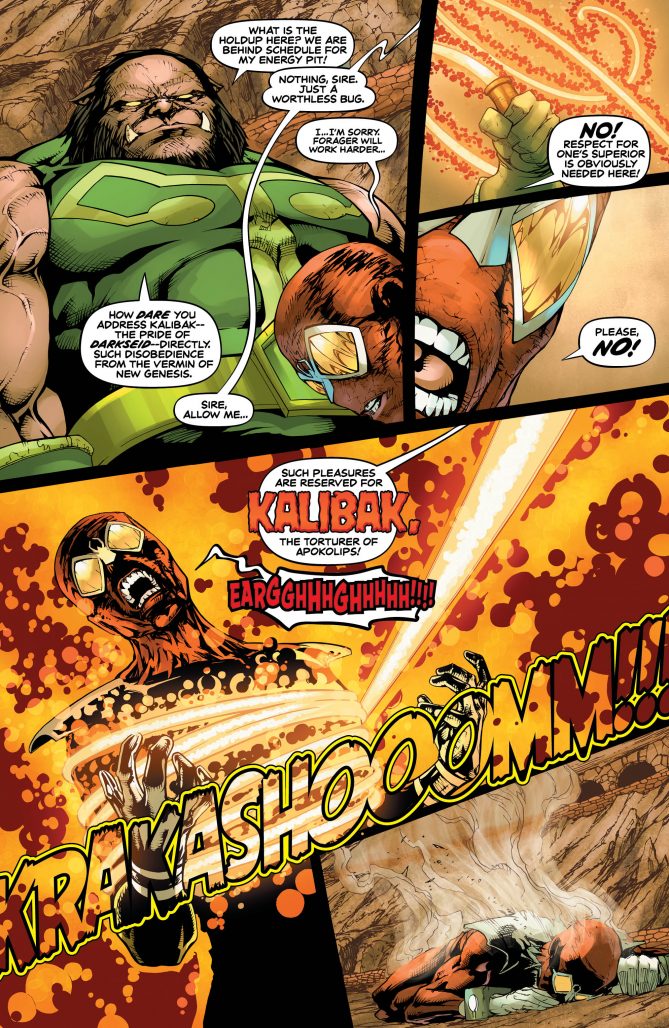
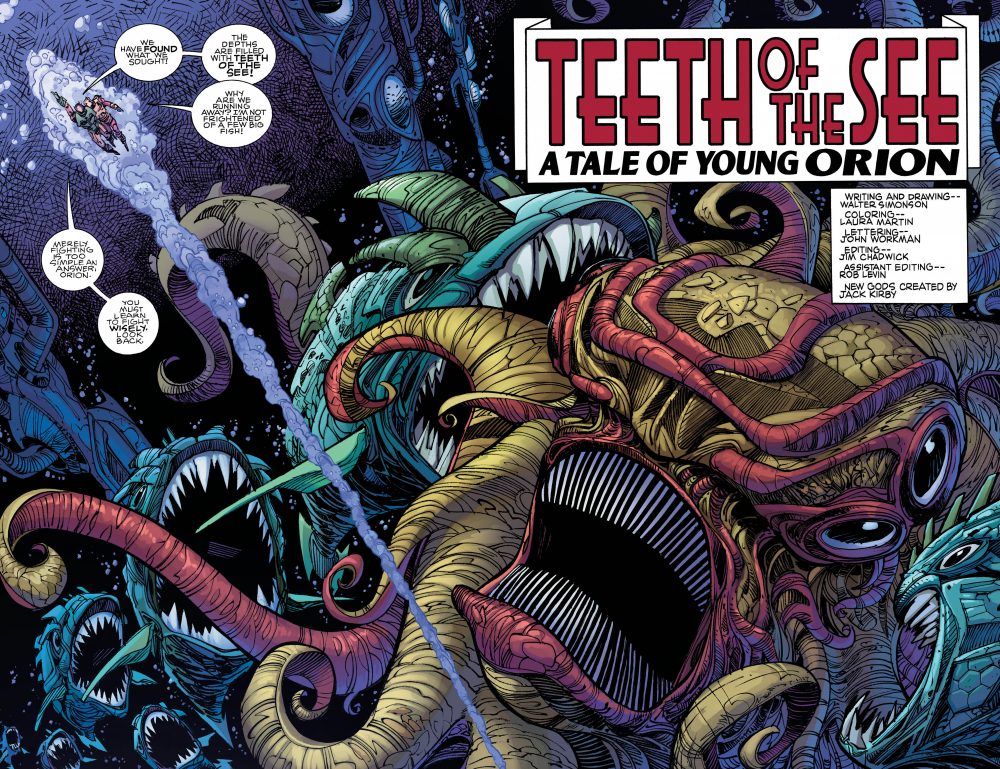
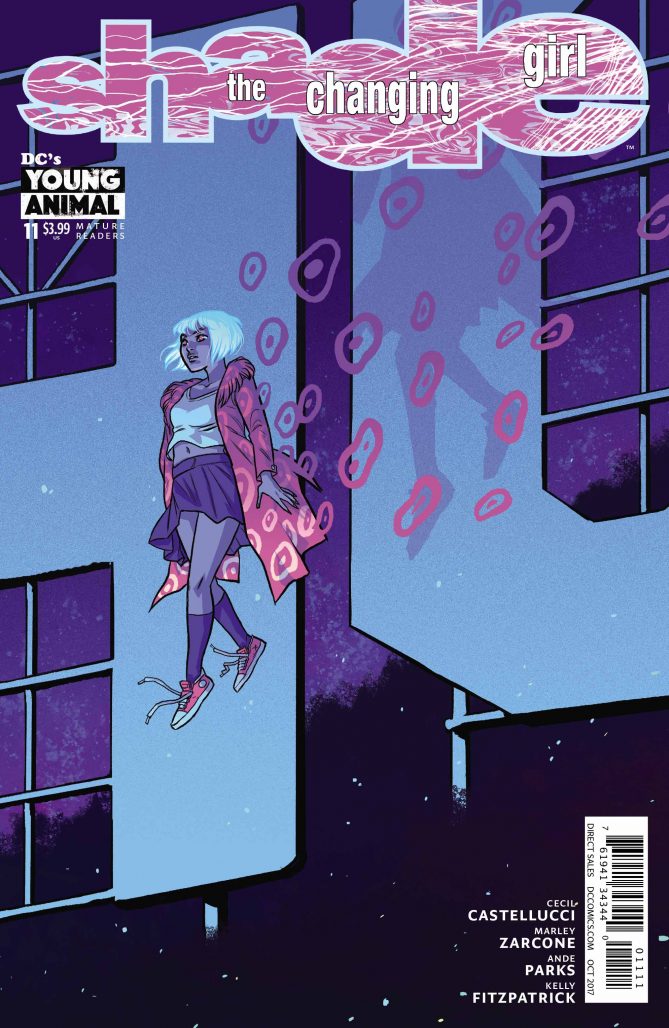






It really does seem like King’s more interested in telling small moment-to-moment beats than the greater war as a whole. It’s his self-contained single-issue stories that have really stood out in this run.
Comments are closed.